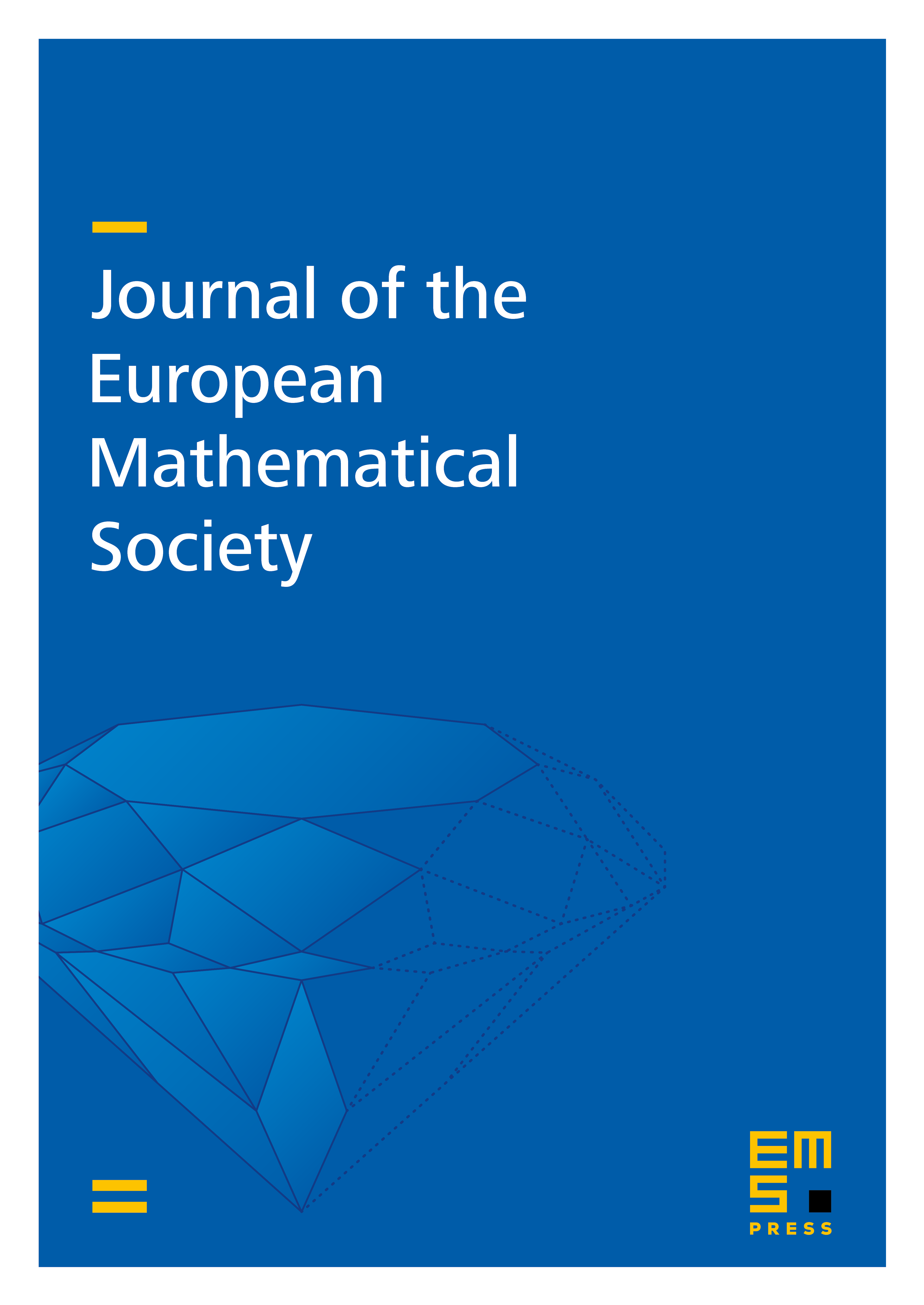Conformally Kähler, Einstein–Maxwell geometry
Vestislav Apostolov
UQAM, Montréal, CanadaGideon Maschler
Clark University, Worcester, USA

Abstract
On a given compact complex manifold or orbifold , we study the existence of Hermitian metrics in the conformal classes of Kähler metrics on , such that the Ricci tensor of is of type (1, 1) with respect to the complex structure, and the scalar curvature of is constant. In real dimension 4, such Hermitian metrics provide a Riemannian counter-part of the Einstein–Maxwell equations in general relativity, and have been recently studied in [3, 34, 35, 33]. We show how the existence problem of such Hermitian metrics (which we call in any dimension conformally Kähler, Einstein–Maxwell metrics) fits into a formal momentum map interpretation, analogous to results by Donaldson and Fujiki [22, 25] in the constant scalar curvature Kähler case. This leads to a suitable notion of a Futaki invariant which provides an obstruction to the existence of conformally Kähler, Einstein–Maxwell metrics invariant under a certain group of automorphisms which are associated to a given Kähler class, a real holomorphic vector field on , and a positive normalization constant. Specializing to the toric case, we further define a suitable notion of -polystability and show it provides a (stronger) necessary condition for the existence of toric, conformally Kähler, Einstein–Maxwell metrics. We use the methods of [4] to show that on a compact symplectic toric 4-orbifold with second Betti number equal to 2, -polystability is also a sufficient condition for the existence of (toric) conformally Kähler, Einstein–Maxwell metrics, and the latter are explicitly described as ambitoric in the sense of [3]. As an application, we exhibit many new examples of conformally Kähler, Einstein–Maxwell metrics defined on compact 4-orbifolds, and obtain a uniqueness result for the construction in [34].
Cite this article
Vestislav Apostolov, Gideon Maschler, Conformally Kähler, Einstein–Maxwell geometry. J. Eur. Math. Soc. 21 (2019), no. 5, pp. 1319–1360
DOI 10.4171/JEMS/862